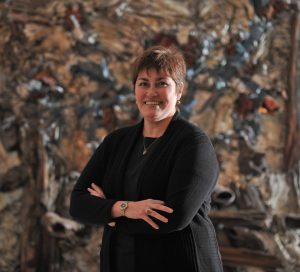In celebration of her book launch this month, art historian Leisa Rundquist joins Intuit President and CEO Deb Kerr to discuss The Power and Fluidity of Girlhood in Henry Darger’s Art. Rundquist’s book is the first to examine the world-renowned Chicago artist’s representation of girlhood and gender fluidity—elements that some scholars have read as disturbing—through the examination of cultural influences and direct appropriation from mainstream sources. To complement their conversation, Rundquist and Kerr use source materials from the museum’s Henry Darger Room Collection to illustrate the intricacies of Darger’s representation of girls.
The Power and Fluidity of Girlhood in Henry Darger’s Art is available to pre-order! Register for the book launch by Wednesday, April 14, to receive a 20% discount code good for your purchase on the online Intuit Store.

The book launch is free to join! To show your support to Intuit, please consider the pay-what-you-can option when you complete your reservation. Your contributions help ensure the sustainability of our public programs and support guest lecturers and speakers.
Two hours before the event, Intuit will email the Zoom link to those who RSVP on Eventbrite. Please check your junk folder; unfortunately, these emails are sent there sometimes.
Meet Leisa Rundquist

Leisa Rundquist is an art historian, professor and curator who specializes in the fields of modern, contemporary and self-taught art. She holds a Ph.D. in art history from the University of North Carolina at Chapel Hill and currently serves as a professor and university curator of art at the University of North Carolina Asheville.
Rundquist’s research speaks to the intersections of childhood, religious piety, gender and race in the art of Henry Darger. New directions in her scholarship explore curatorial strategies that construct the representation of marginalized artists and their artistic practices, specifically those categorized as self-taught and “outsider.”

